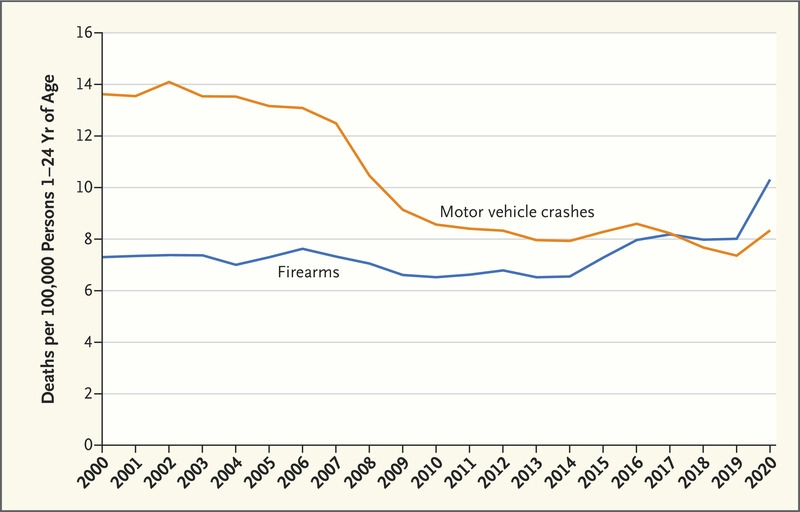
The 27th shooting in schools this year occurred at an elementary school in Uvalde, Texas, where 19 children and two adults were slain. The shooter in Tuesday’s events, according to Texas Governor Greg Abbott, was dead.
This is the bloodiest school massacre since 2012, when a gunman opened fire at Sandy Hook Elementary School in Newtown, Connecticut, killing 26 children as young as six years old. And the number of people killed was more than in the 2018 attack on Marjory Stoneman Douglas High School in Parkland, Florida, which left 17 people dead.
Robb Elementary educates kids in grades 2 through 4 in Uvalde, a predominantly Latino hamlet about 85 miles south of San Antonio.
This comes just ten days after ten people were killed in a shooting at a Tops supermarket in Buffalo, New York. Politicians, activists, the news media, and regular citizens frequently quote figures in the emotionally charged aftermath of school shootings, which can provide a skewed image of how many of these instances occur. These figures are used to stoke ongoing discussions about gun regulation, teacher arming, and school safety.
Inside the American Gun Culture
The United States is one of only three countries with a constitution that guarantees gun ownership. (The other two countries are Mexico and Guatemala.) The Second Amendment, which guarantees the right “of the people to keep and bear weapons,” was enacted in the 18th century to allow states to raise militias to defend themselves against federal despotism. The US Supreme Court concluded in 2008 that the amendment also protects individual gun rights. Aside from the legalities, gun culture in America has become a cultural icon in the U.S. Soldiers in the Revolutionary War and cowboys roaming the Wild West used it as a weapon.
Assault weapons, or semiautomatic rifles that shoot rounds in rapid succession, have recently acquired favour among both law-abiding gun owners and mass killers. Although less common, mass shootings in other countries have sparked debates about legislation. In early 2019, a massacre of 50 people at two mosques in New Zealand forced a change in the country’s gun regulations.
Accidents involving firearms are a common occurrence in the United States

Between 1968 and 2017, there were 1.5 million of them, which is more than the number of soldiers killed in any US combat since the American War for Independence in 1775.
More than 45,000 more Americans died at the end of a gun barrel in 2020 than in any other year on record, whether by homicide or suicide. The statistics indicate a 25% increase over the previous five years and a 43% increase over 2010.
However, the topic is a polarising one, putting proponents of gun control against others who are adamant about exercising their constitutionally protected right to keep and carry guns.
Political Aftermath
After lawmakers returned home from the 2019 legislative session, Texas was once again shocked by a racist attack at an El Paso Walmart, which killed 23 people and injured dozens more. At the time, the shooter informed authorities that he chose the spot because of its proximity to the border and that he was especially targeting Mexicans. He’s been charged with a federal hate crime, but he hasn’t been tried yet.
State leaders gathered hastily once more to consider alternative remedies.
A gunman killed seven people and injured 22 others while driving through Odessa and Midland a few weeks later before lawmakers could even offer comments.
Read more – The Future Of Gun Culture After Texas Shooting
